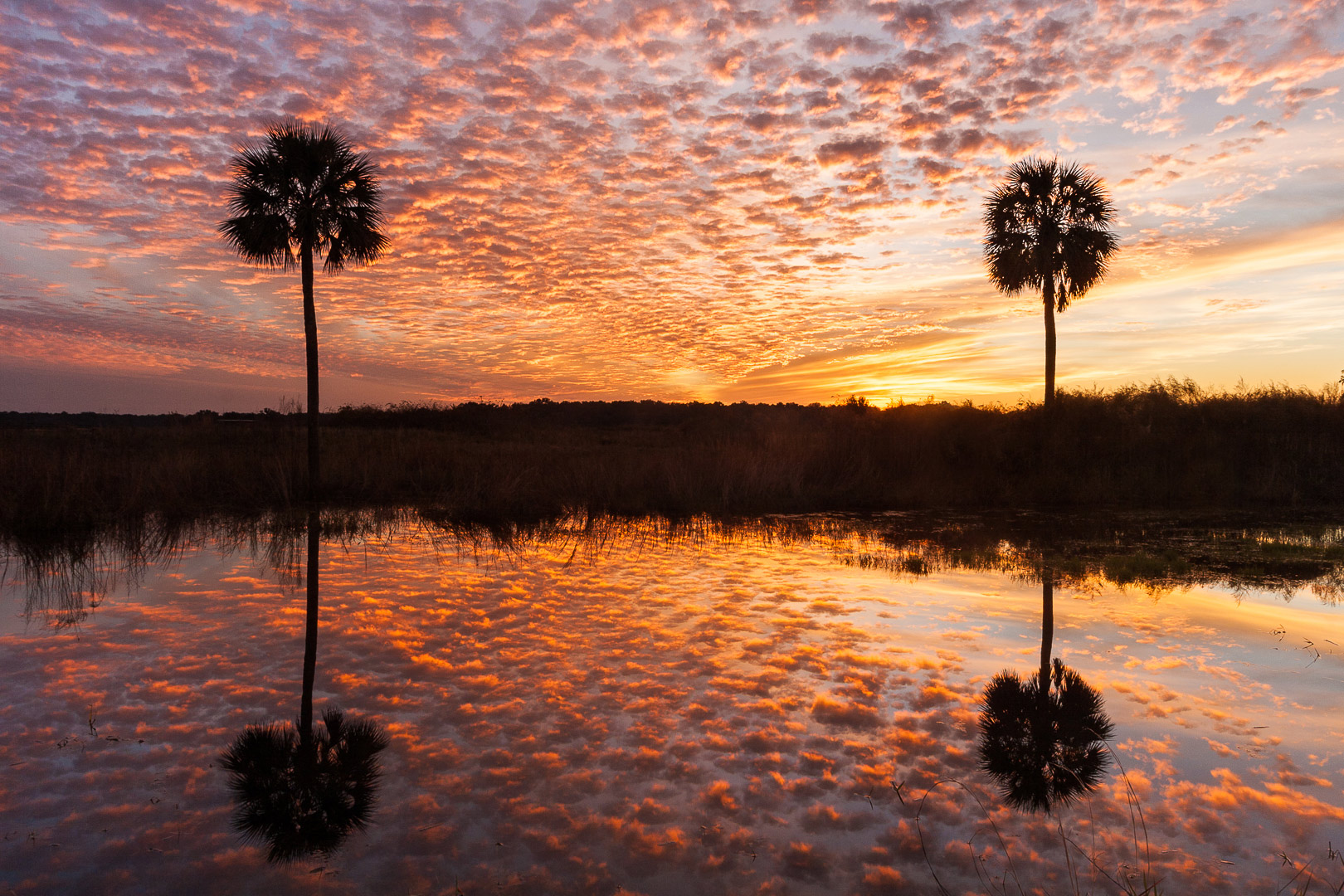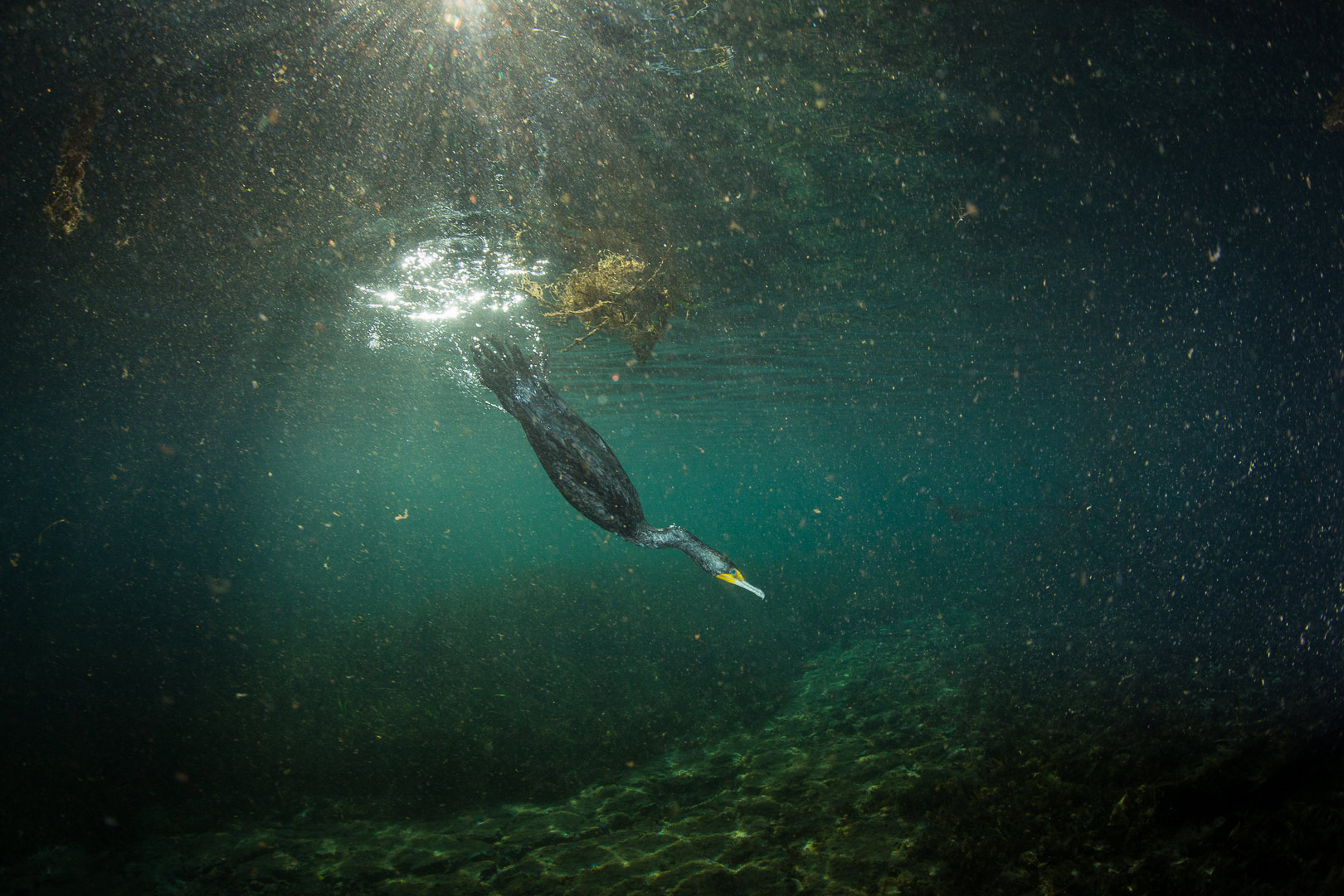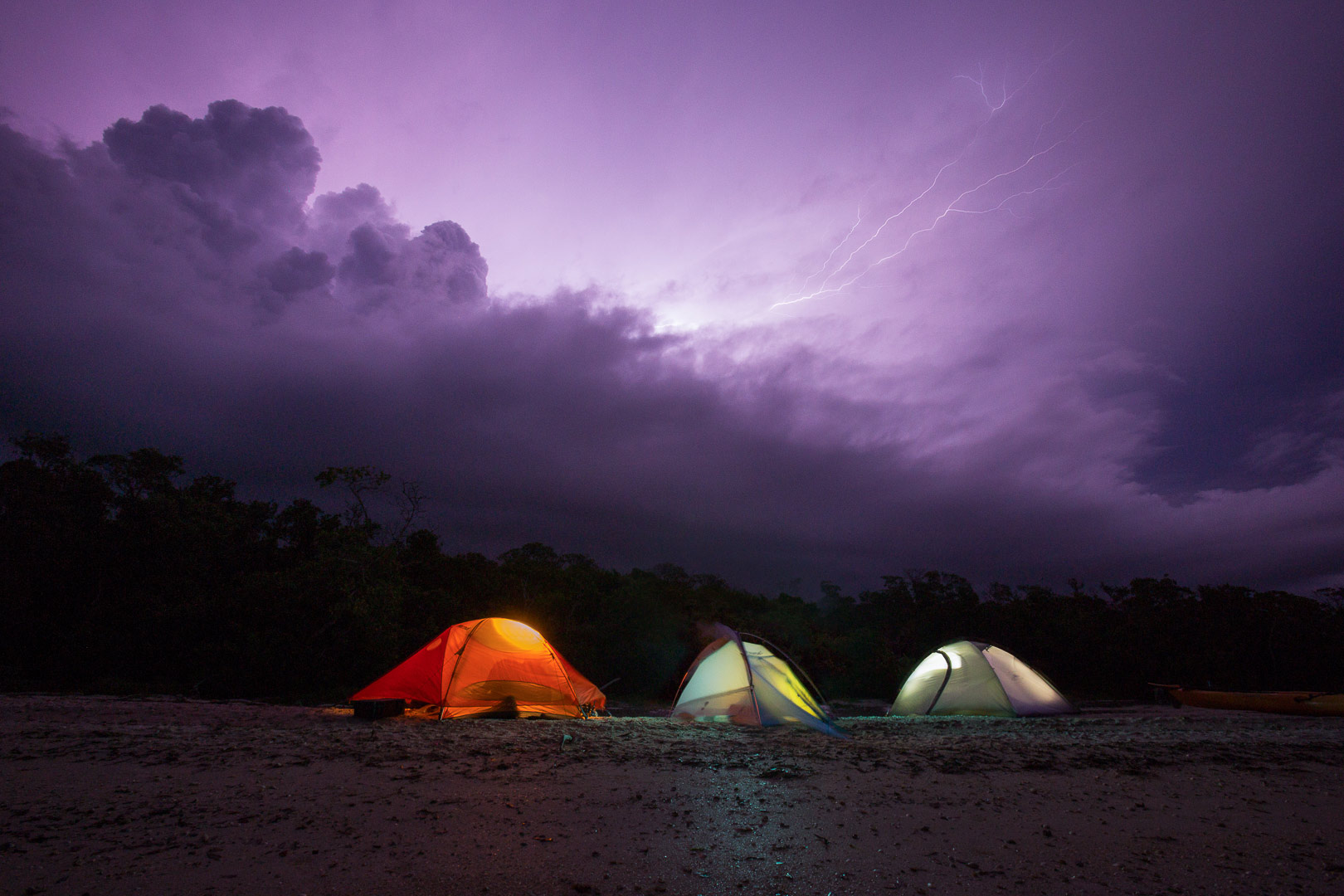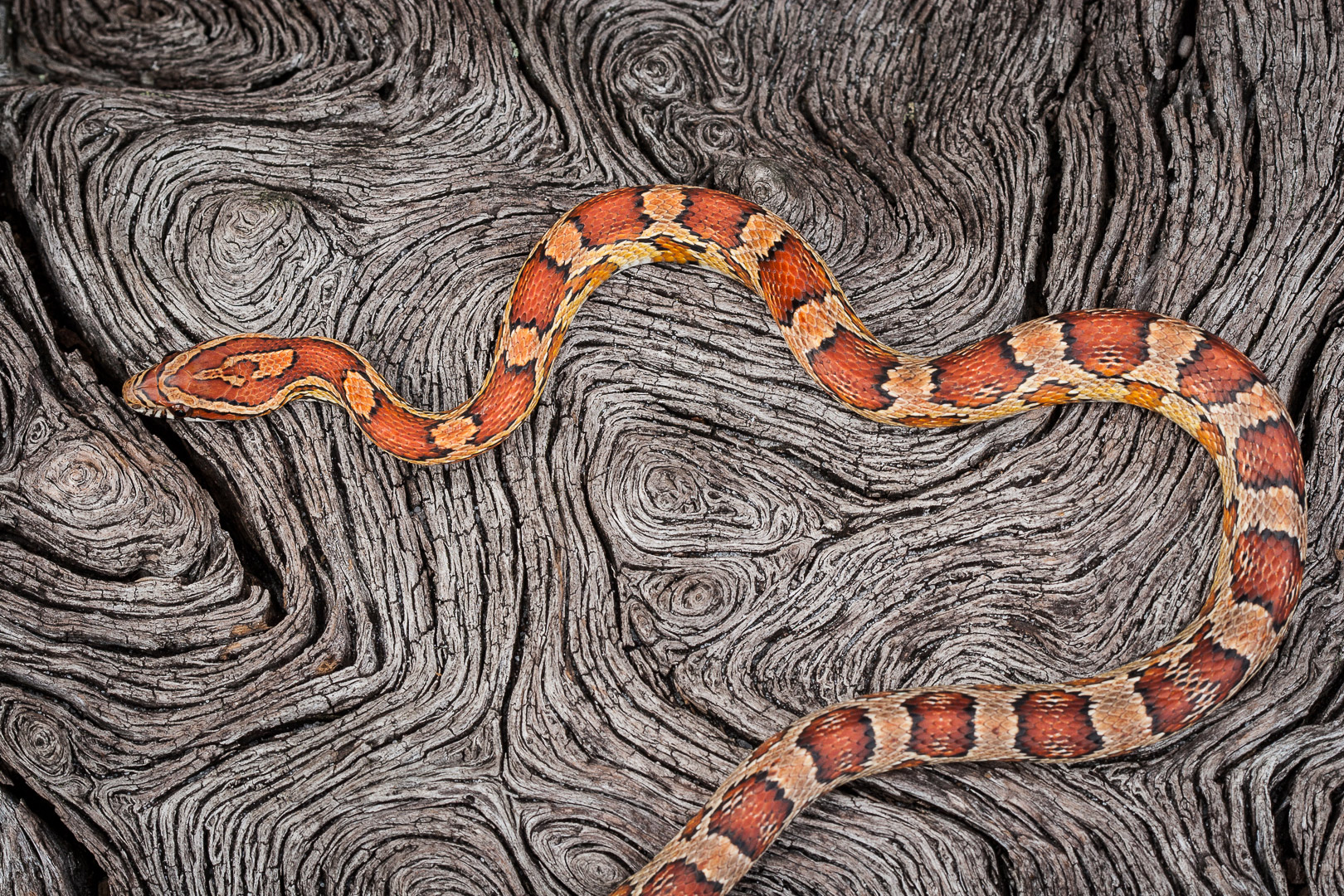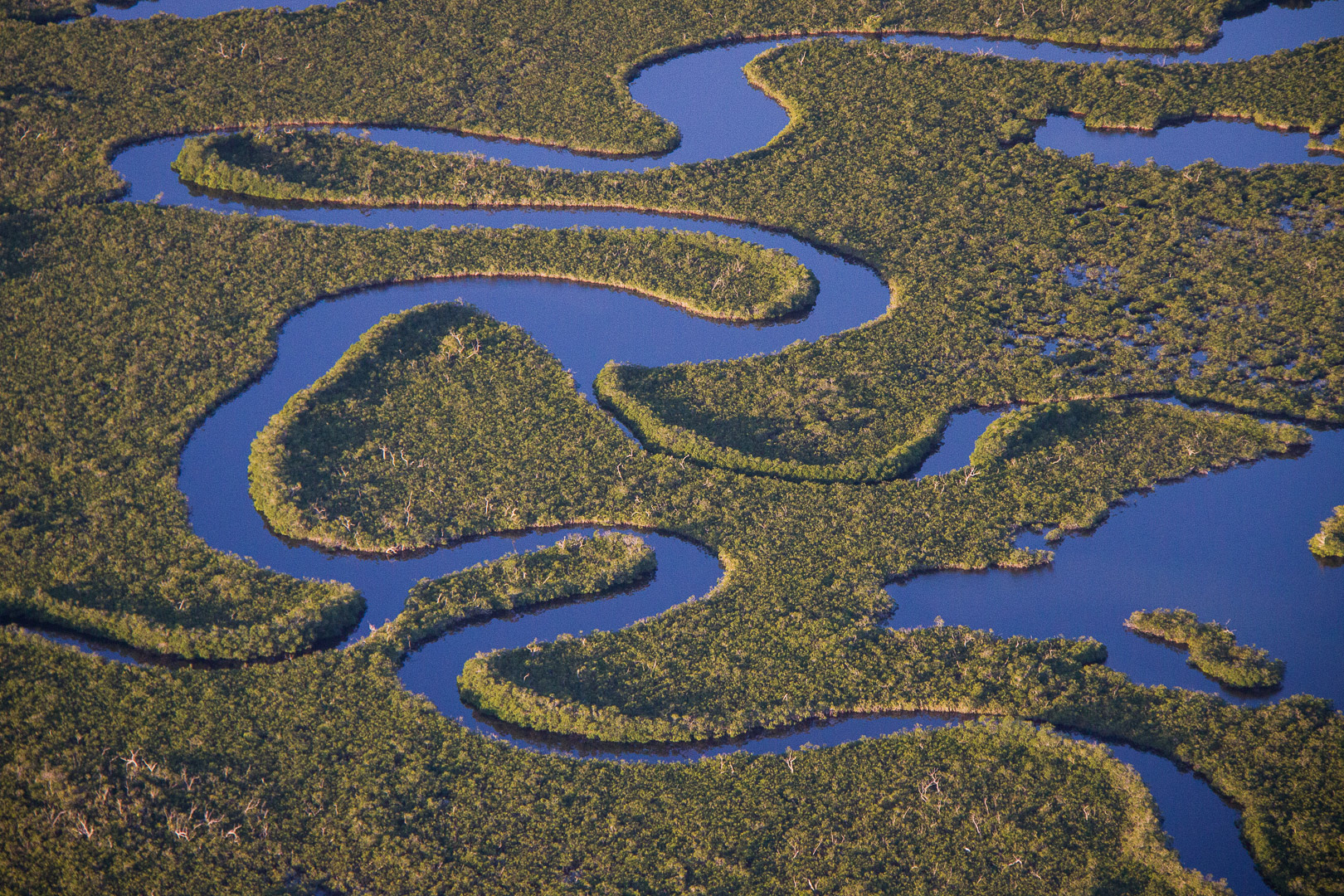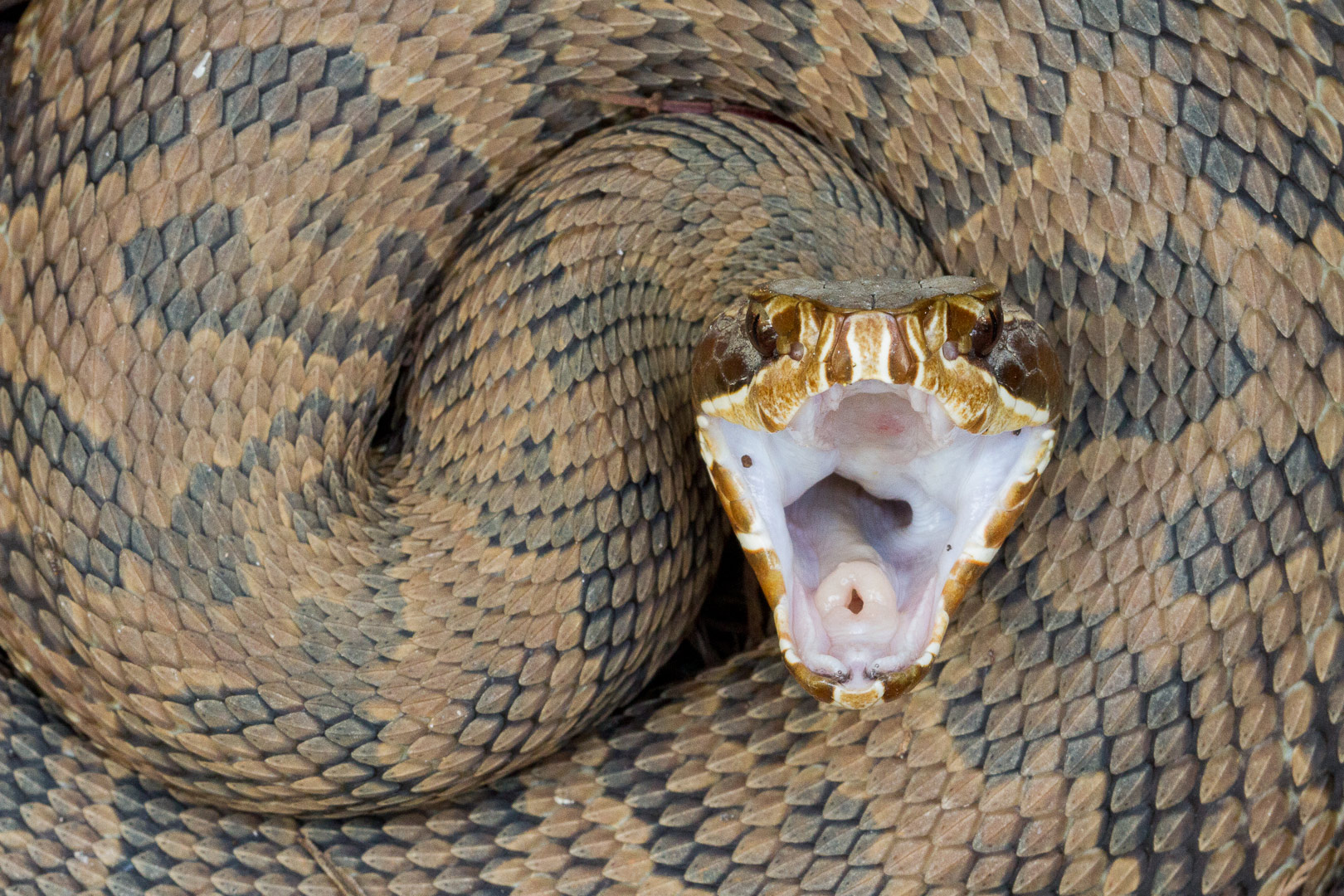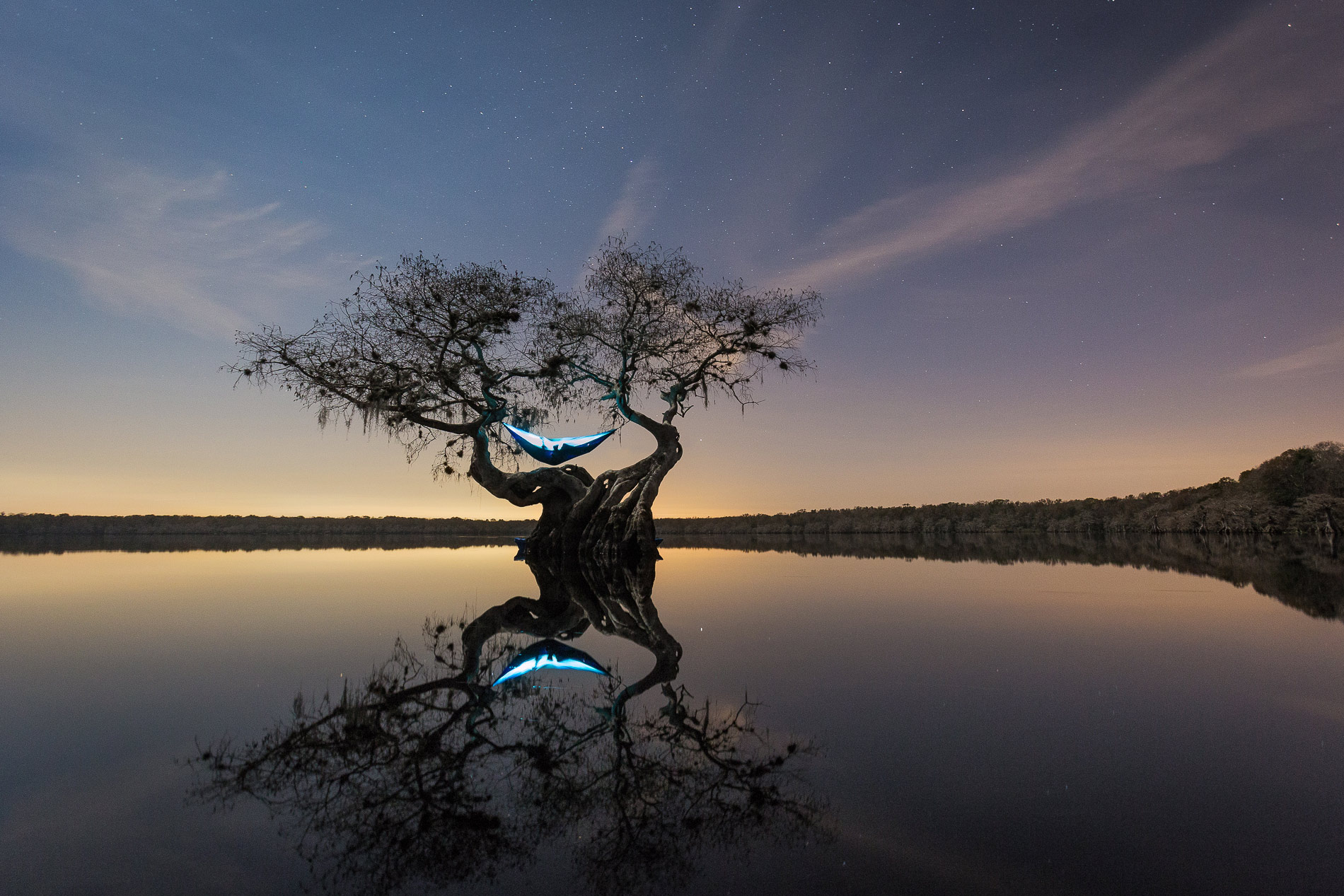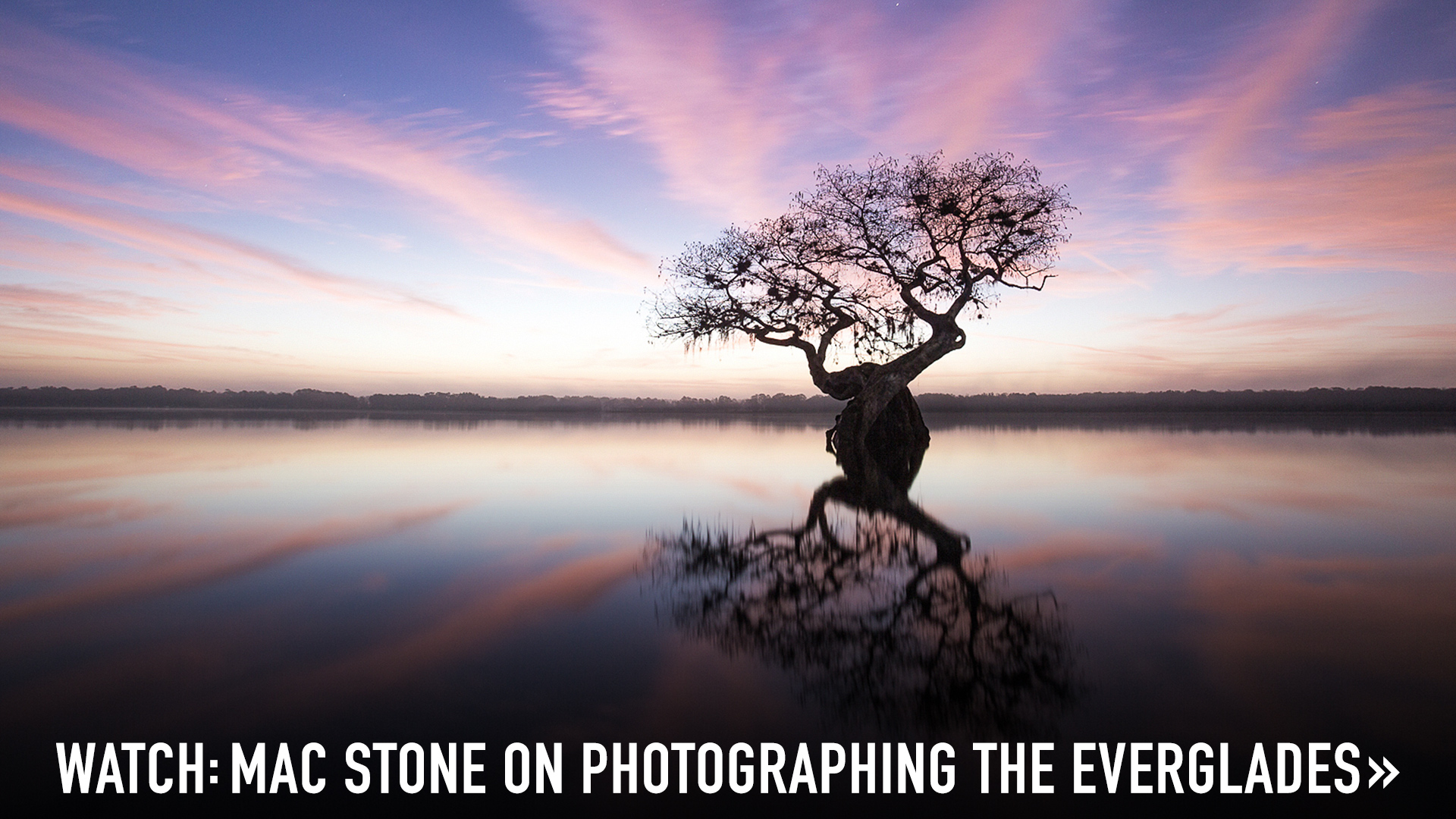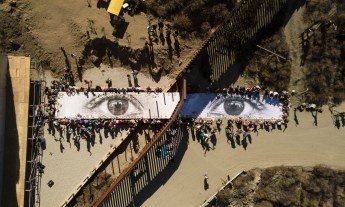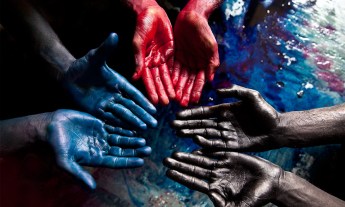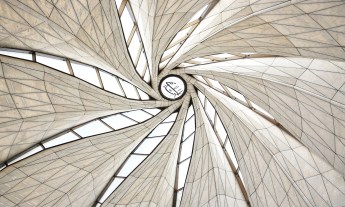For Mac Stone (TED Talk: Stunning photos of the endangered Everglades), there’s no place like a swamp. A native Floridian, he’s spent countless hours squelching around in mud or diving into lakes in the Everglades, the state’s 1.5 million acre national park, all in the name of getting the shot. Here, he shares some of his favorite photographs from across the years, with a few details on how exactly he nailed each one.
“Welcome to Florida”
The iconic Floridian photo. “People are terrified of alligators; they think that they’re these man-eaters, and they aren’t,” Stone says. “They just want to be left alone.” Here’s why Stone says he got up in this alligator’s face anyway: once a gator opens its mouth, the positioning of its eyes on its head means it can’t see what’s ahead, so it’s apparently unlikely to snap its jaw. For nature photographers, “apparently” can be enough of a justification for anything.
The day the sky exploded
Stone scoped out this spot in Kanapaha Prairie for weeks before he took the photograph — and even he didn’t know the result would be this good. “You spend a lot of time looking at the sky,” says Stone, who hightailed it here from his home, some 25 minutes away, when he saw a potentially great sunset on the horizon. “You cross your fingers and hope that you’re going to get lucky. “
The natural performers of nature
“Sometimes you find wildlife that’s cooperative, that doesn’t seem to mind that you’re there, or in fact seems to perform when you’re there,” says Stone. “That was the case with this cormorant.” All that was needed was the natural dramatic backlight.
It’s a trap!
A camera trap, that is. It took Stone months to capture this snail kite — one of the Everglades’ iconic species — wrapping its talons around its favorite snack, the apple snail. Stone crafted an elaborate bait rig smattered with snails, he set it up in the waters of Lake Okeechobee, and then he waited. And waited. For weeks. “You can’t expect to get a shot in one afternoon,” he says. “Give the wildlife a little bit of credence here. They’re wild animals, you’re coming into their world, and it’s going to take you time to do them justice.” The rig worked so well that Stone partnered with a biologist to create a scientific study with different snails to observe which ones the kite preferred.
Good friends and a crazy idea
Dramatic storms and dynamic weather patterns tend to keep people away from the Everglades in the summer months, but for Stone these factors are an open invitation to feel both vulnerable and alive. “I like that in South Florida you get that chance to feel like a small part of something else,” he explains. As he and a few friends set up this beach camp, a massive storm developed directly overhead. Rather than head for shelter, Stone got in the water and waited for the shot.
Gators, gators, everywhere
Here’s a human’s-eye view of standing in the middle of a “gator hole” in the Everglades. Stone estimated that the mud pit contained more than 100 alligators — and then he walked right into the middle of it. “You’re barefoot, because you don’t want to lose your shoes. You’re feeling gator skin under your feet, and you just keep walking,” he says of the experience. “All these gators are just looking at you, and you’re feeling like a little chicken nugget.” Moments after he took this shot, the gator he was leaning on hurtled skyward before slamming back down into mud.
The dance of the manatees
Stone captured this playful moment between two male manatees (lyrically known as “Floridian mermaids”) after being in the water for about five hours. Despite being laden down with camera equipment, he doesn’t use scuba gear … and he can’t touch the ground, because that would stir up sediment and spoil the shot. “You have to be on your game, treading water almost the entire time,” he says. “Just long breath holds and lots of patience.”
Inspiration on wood
Stone grew up handling snakes. So when this red rat snake made its way onto his porch at home in Gainesville, Florida, he had no qualms about releasing it back onto Kanapaha Prairie. And when the snake crawled onto a lightning-struck oak tree nearby, he grabbed his camera. The shot, he says, helps to capture “the softer side of this commonly feared creature.”
Location, location, location
“The Everglades is such a huge area, and the areas within it are very different,” Stone says. Habitats and ecosystems include mangrove swamps, cypress blooms and rivers of grass. The one connecting element: water. This shot shows the twists and turns of the park’s White Water Bay.
An alligator bathed in amber
Stone took this shot while he was still in high school, having decided to wait and watch by the water’s edge in Payne’s Prairie State Park in Gainesville. There, there’s no such thing as bad light. “The sun starts to set, and you have breaking golden light that just beams across the landscape,” he says.
Hello, precious
Stone was only six inches away from this water moccasin (also known as a cottonmouth), one of the two venomous snakes that inhabit the Everglades, when he took this intimate portrait. After attempting multiple shots from several angles, he finally decided to “to go straight over the top” and captured the snake’s wide-mouthed warning.
The wild side of wanderlust
That’s Stone laying in the hammock. So, who’s taking the picture? Also Stone. Using an intervalometer, he took a photo every 32 seconds throughout this particular night. “I didn’t sleep a single minute,” he says. Then, when he went to retrieve his equipment the next morning, he dropped his tripod into the murky waters. “I had to jump in the water and swim down about nine feet to get it off the bottom,” he says. Who says nature photography isn’t glamorous?


